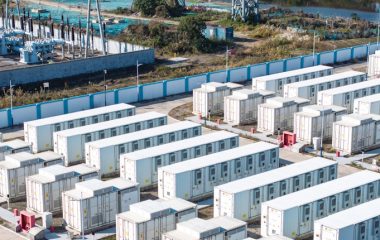
Photo: iStock
Croatia plans to install 70 megawatts (MW) of hydrogen production facilities by 2030 and 2,750 MW by 2050 to increase its share of total energy consumption from zero to 0.2 percent and 11 percent, respectively, according to the national strategy for hydrogen until 2050 that the Croatian Parliament adopted.
The installation of electrolyzers with a capacity of 70 MW by 230 and 2,750 MW by 2050 is planned in line with the scenario for achieving climate neutrality by 2050. But given the fast-growing potential of a hydrogen-based economy in the EU and the potential of renewables in Croatia, the authors estimate the goals could be increased in the case of the accelerated development of a hydrogen-based economy.
The goals could be increased in the case of the accelerated development of a hydrogen-based economy
In that case, the strategy reads that it is possible to install electrolyzers with a capacity of 1,270 MW by 2030 and 7,330 MW by 2050. In such a scenario, the share of hydrogen in energy consumption would rise to 3.75 by 2030 and to 15 percent by 2050.
The strategy gives the country’s vision of development, research, production, infrastructure, and application of hydrogen technology to achieve climate neutrality by 2050 and a vision of national goals related to infrastructure development for alternative fuels.
Necessary investments estimated at between EUR 3.1 and EUR 9.3 billion
The strategy notes that the EU Hydrogen Strategy estimated the size of total investments in production capacities by 2050 at EUR 180 to EUR 470 billion and concludes that significant investments would also be needed to establish a hydrogen-based economy in Croatia.
The required capital investments were estimated for each of the two scenarios, including the costs of electrolyzers, compressors, and hydrogen tanks.
The study reads that the climate neutrality scenario requires investments of EUR 3.1 billion by 2050, compared to EUR 9.3 billion in the scenario of accelerated development of a hydrogen-based economy.
Croatia previously announced that it plans first hydrogen production by 2025.


















Be the first one to comment on this article.